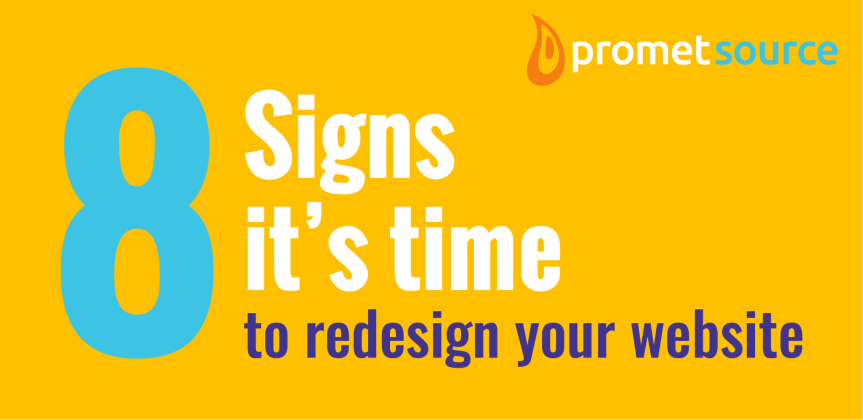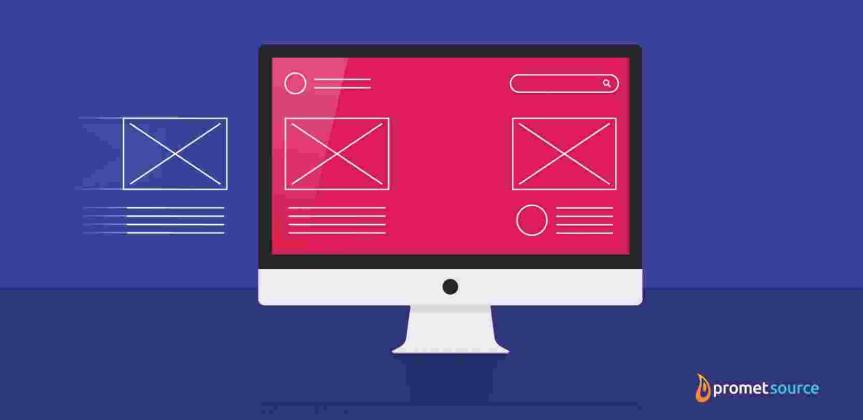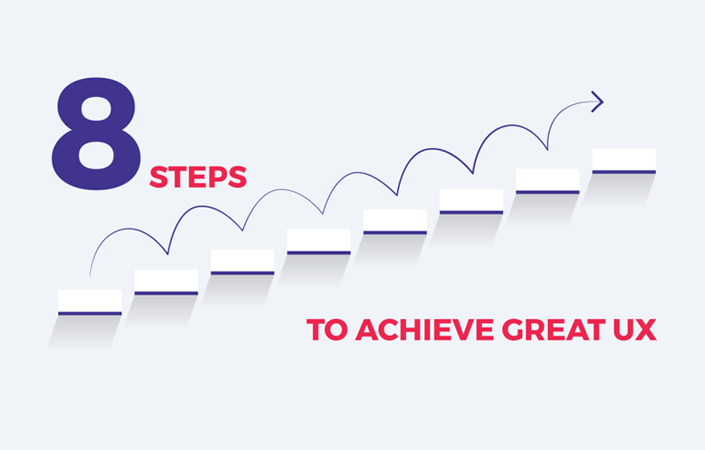
Eight Signs It’s Time to Redesign Your Website
Website redesign decisions often percolate for months, if not years, before action is taken and the team dives in for a do-over. Prior to taking the plunge, there tends to be a lot of low-grade dissatisfaction that gains momentum, as more and more conversations focus all the ways that operations would run smoother, marketing would work better, or all of the tasks that could be offloaded to the website if only navigation was simpler, or the site was up to date. During my many years in the web design and digital strategy world, I’ve witnessed lots of discontent over existing websites. Here are eight indicators that it is truly time to take action.
Pro tip: If you don’t want the conversation to last forever, you should check out our strategy workshops.
1. Your information architecture is organized around your org chart and not user needs.
Too often, websites are architected from the perspective of insiders — organized by department, without stepping back to ask: Who visits the site? What kinds of information are they seeking? How can we align the navigation of the site around what makes sense to users? The best web experiences leverage radical empathy and begin with Human-Centered Design processes that dig deep and question any all assumptions about how users interact with the websites can it be designed so that information is easier to find and the experience of visiting the site is engaging and value added.
2. Your site isn’t mobile responsive or accessible.
Web designs in the current world need to work equally well on a wide range of screen sizes and different orientations — from tiny hand-held screens to oversized desktop monitors. Responsive websites also tend to load faster, which is a critical component for a positive user experience, as well as a big factor in better SEO rankings. Your site also needs to adhere to current Web Content Accessibility Guidelines (WCAG 2.1) to ensure compliance for users with a wide range of disabilities.
3. Your user interface (UI) is dated or dull.
Expectations are high and patience is low in the current world of online engagements. Once web users get accustomed to well-designed, aesthetically pleasing sites, they have little patience for outdated design elements. Colors, typography, images, and layout need to align with your brand, make sense to users, and present a balanced, uncluttered flow of information. When this not the case, it takes a toll on your business.
4. Your user experience (UX) is sub-par.
More so than ever before, web experiences that are difficult to navigate can cut visits short, drive away customers, and reflect poorly on your overall brand. Don’t underestimate the degree to which a frustrating web experience can turn off — or even enrage — users. At the same time, a web experience that is built upon an understanding of pain points in order to create an engaging, streamlined and uncomplicated experience is a true delight that can significantly boost many aspects of your marketing objectives.
Read: 8 Steps to Achieving Great User Experience
5. Your content is outdated.
Ensuring that website content is up to date may sound like an obvious objective, but too often, web content lags behind the latest initiatives. When that’s the case, the impact can start to snowball. Quickly, it’s not just the content that’s out of date, but the branding, the messaging, and the overall tone might all fall out of alignment. That translates into diminished SEO and a general degradation of your brand. While a redesign is often the best approach to getting an organization’s entire digital presence in sync with the current vision, migrating to the most up-to-date CMS ensures a framework for easily updating content moving forward.
6. You are increasingly suffering from “website envy.”
When online experiences consistently spark a sense of “Why can’t our site do that?” or “Why doesn’t our site look more like this?” It’s time. Your site can step up and serve as a strategic driver in an environment in which your web presence is an increasingly defining factor for your organization, your brand, and your values.
7. Your website uses Flash or other outdated technologies.
Once the dominant software platform for production of animations and embedded web browser video players, Flash has long since fallen from favor. In 2016 Adobe announced that at the end of 2020, it would be ending support for support for Flash. If your website uses Flash, or other outdated technologies, that’s a good sign that you can benefit from a redesign and migration to solutions that will serve your objectives.
8. Your CMS is no longer supported or is soon to lose support.
Both Drupal 7 and Drupal 8 are heading toward end-of-life status, after which point, the Drupal community will no longer be maintaining either version. For websites that are currently on Drupal 7, this end date represents a much-needed incentive to migrate over to a far superior CMS and a vast array of new features. Websites that have already migrated to Drupal 8 can count on a seamless upgrade to Drupal 9 that’s more akin to a point release. The migration process is an absolute ideal time to also redesign a site. In fact, combining the two initiatives represents an opportunity to create alignment among functionality, look and feel, branding, UI, UX — every objective that your website is intended to achieve.
Conclusion
As Vice President of Digital Experience for Promet Source, the most gratifying part of my work involves helping to shepherd the transformation of websites from a source of frustration, or simply a functional presence, to a beautiful experience that ignite new digital possibilities. We’d love to talk with you about challenges with your current site and all that you hope to achieve with a redesign.
Originally published on prometsource.com – June 24, 2020




